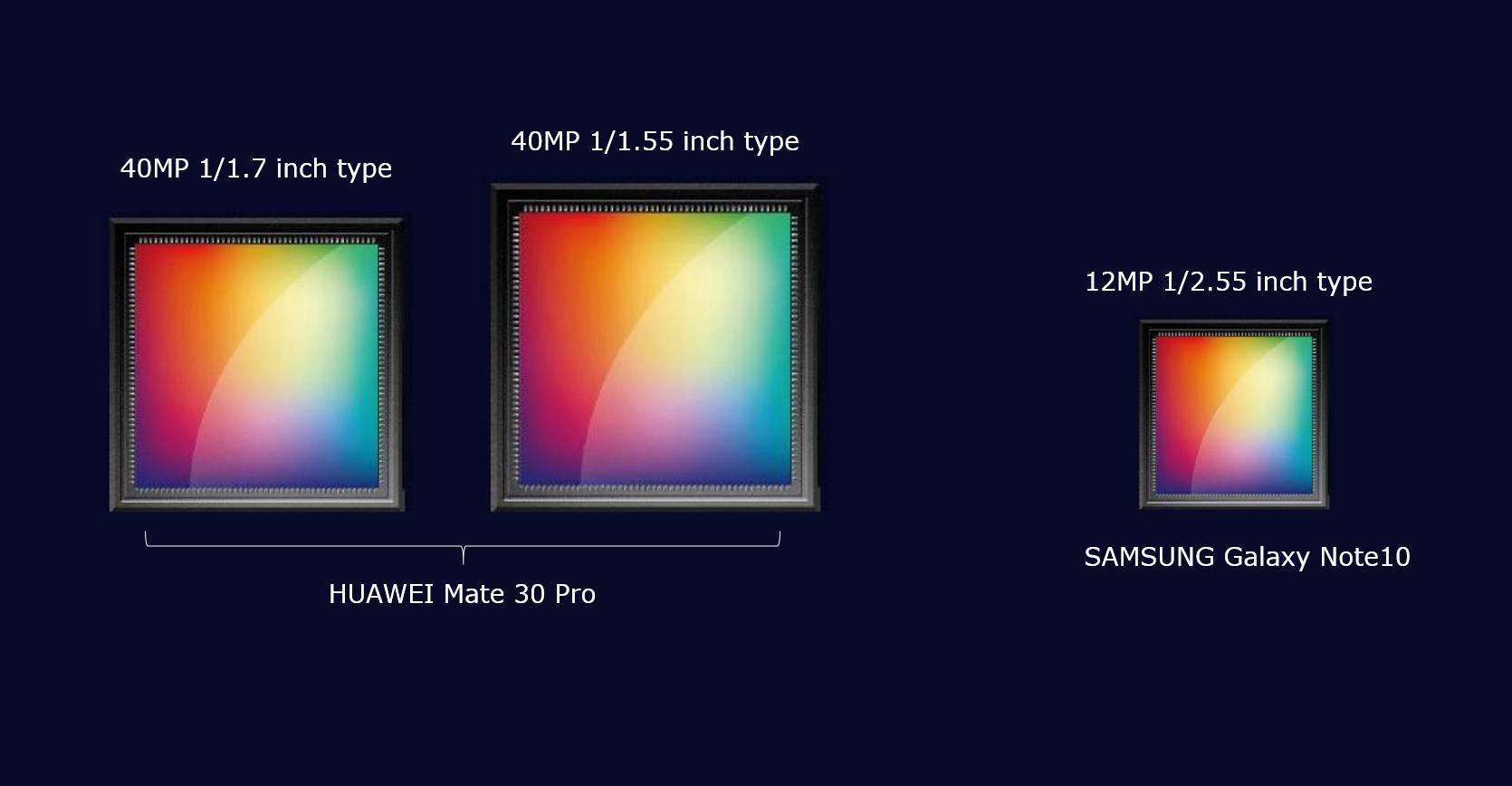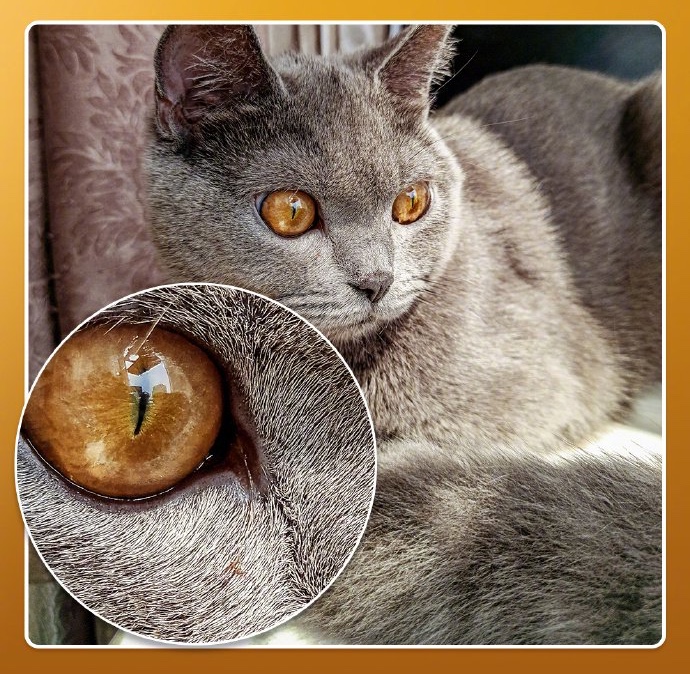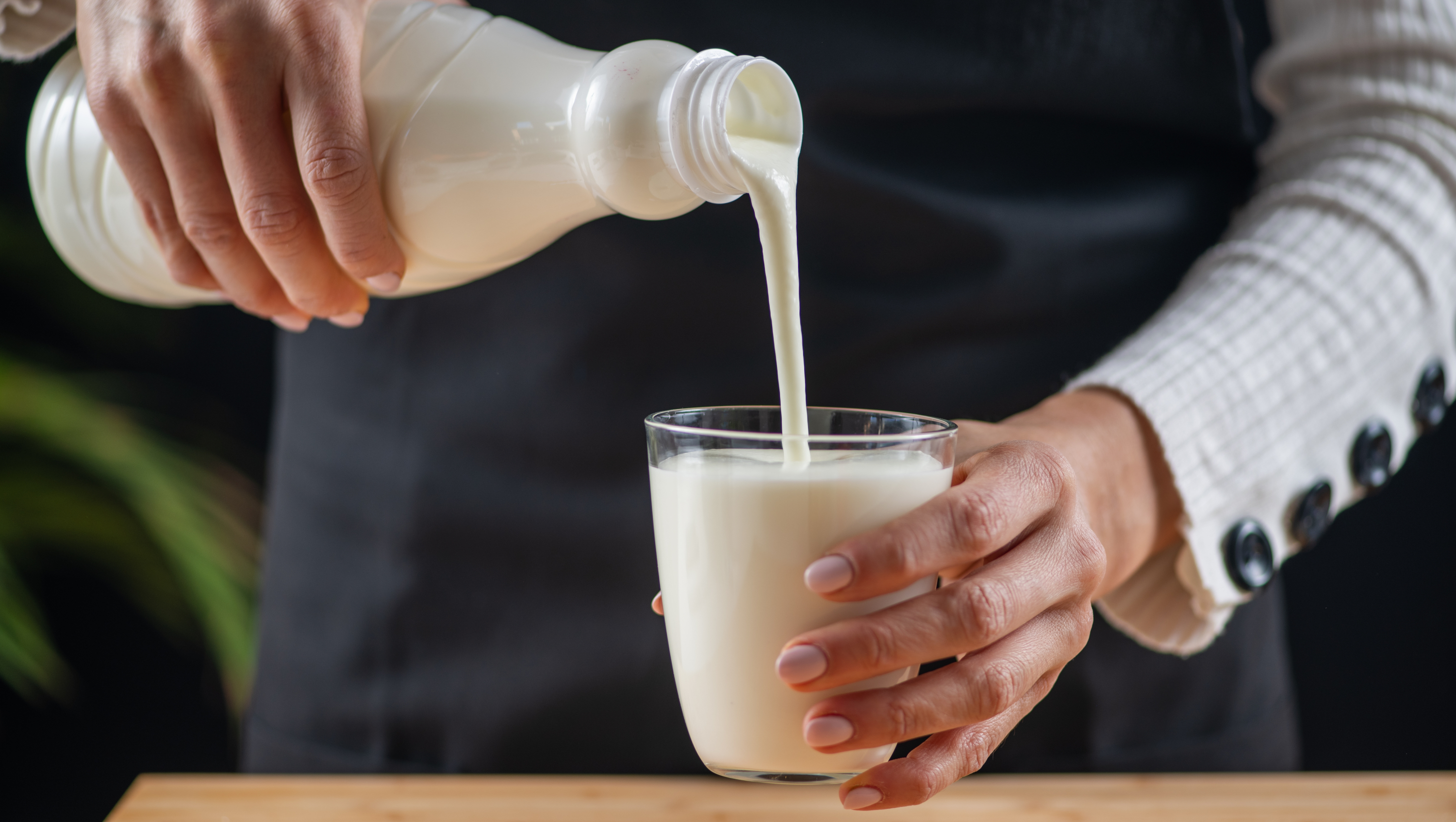You Should Skip the Galaxy Note 10 If You Care About Photos
Clearly, Samsung needs to catch up

Hate their allegedly spying butts all you want, but all real-world tests show Huawei is objectively the current king of the mobile photographic hill. And this graphic shows that it will stay that way for a while — at least (maybe!) until Samsung releases the Galaxy S11 with its rumored 64-megapixel Isocell Bright GW1.
The reliable Chinese leaker Ice Universe shared the photo above yesterday, confirming that the Huawei Mate 30 Pro will have two 40-megapixel sensors, severely outmatching the Note 10’s biggest sensor, which is 12-megapixel.
“There seems [sic] to be a lot of people who don’t know how big the gap [in photographic abilities] is,” the rumor-mongering feline says in his tweet. “Note 10 has no chance of beating Mate 30 Pro in terms of camera hardware.”
Not only will the Huawei phone have two 40-megapixel sensors, but they will be gigantic compared to the Note 10’s puny 12MP sensor.
The Huawei will be able to capture a lot more light than the Note 10, the Galaxy S10, and the current best camera phone — Huawei’s own P30 Pro.
The latter has one 40-megapixel sensor plus a 20-megapixel ultra-wide lens. The combined result of those sensors — all made by Sony — give the P30 Pro some insane photographic abilities, with sharp daylight photography and truly impressive performance at night.
With two 40MP sensors, you can expect the Mate 30 Pro to perform even better.
Sign up to get the BEST of Tom's Guide direct to your inbox.
Get instant access to breaking news, the hottest reviews, great deals and helpful tips.
Of course, some Samsung fans may hope that the Note 10 has some magical AI software that will turn the data captured by its tiny 12MP sensors into something better than what the P30 Pro or the Mate 30 Pro can do — but that’s unlikely.
AI is really good, as the Pixel 3 shows, but it is not magical. Additionally, Huawei uses AI too. Working from the massive trove of data captured by two 40-megapixel sensors, the final result will always be a lot better. It’s just a matter of physics.

Wait for the S11 or get something else
All that said, Ice Universe has confirmed that the S11 will have a “substantial upgrade” in 2020. All we know seems to indicate that Samsung will use its new Isocell Bright GW1 64-megapixel f1/1.72 sensor. According to the rumors, the GW1 is likely to appear first in the next Redmi flagship. Samsung may debut it in its own Galaxy A70s later this year.
The GW1 will keep the same size for each pixel, at 0.8 micrometers. That means that the surface area of this new Samsung sensor will be bigger than the Sony sensors used in the P30 Pro and Mate 30 Pro. In theory, in well-lit scenes, the Samsung sensor will be able to produce crystal-clear 9,215 x 6,812-pixel images, besting the P30 Pro.
Under low-light conditions, the Samsung sensor, like the Huawei one, will join four pixels into one to multiply its photosensitivity using Samsung’s tetracell technology and remosaic algorithm. Potentially, the Samsung Galaxy S11 will be able to create great images with no light, again beating the P30 Pro.
Of course, we don’t know exactly how the Seoul-based mobile giant is planning to implement its 64MP sensor. Will there be one or two? If there’s only one, the two 40MP Mate 30 Pro may still come ahead in photo quality and light sensitivity.
Not only that but, by 2020, there may be new Sony processors coming to market. While the Japanese company has not revealed its 2020 roadmap yet, it has recently merged its Alpha and mobile sensor divisions into one. There are reports that 2020 may see 100-megapixel sensors, which will leapfrog Samsung’s 64MP once again.
It seems like a losing battle for the Koreans at this point. But regardless of all this potential developments, it seems clear that the Note 10 will be a hard pass to anyone looking for the best photographic capabilities in a phone. You might want to either wait for the S11, or get something from someone else.
Jesus Diaz founded the new Sploid for Gawker Media after seven years working at Gizmodo, where he helmed the lost-in-a-bar iPhone 4 story and wrote old angry man rants, among other things. He's a creative director, screenwriter, and producer at The Magic Sauce, and currently writes for Fast Company and Tom's Guide.

